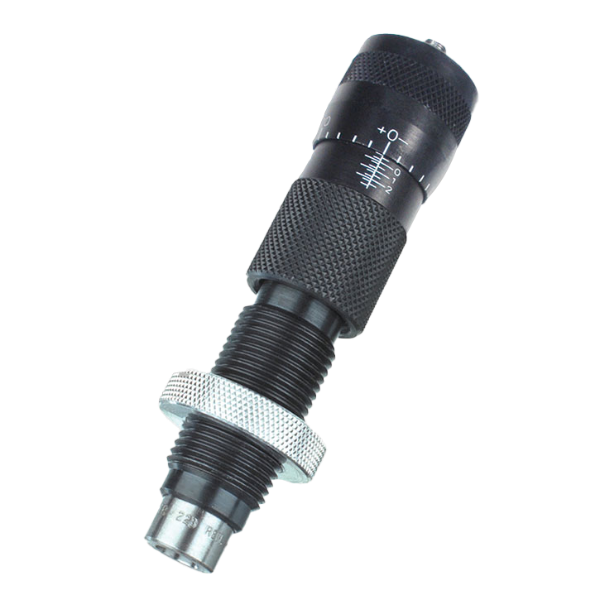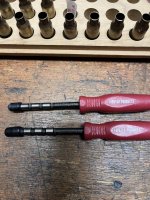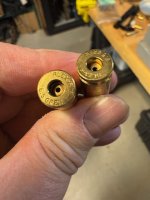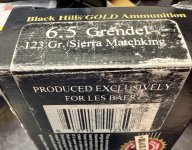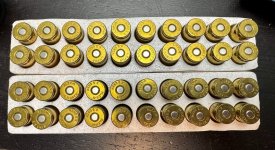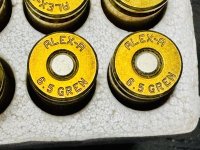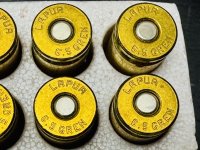If you were using Redding dies, easy button would be a VLD seating stem, vs std.
“The Redding Competition Seating Dies for bottleneck cases are supplied with a free-floating seat stem that works well with the most common bullets available for the given caliber. Redding also makes these VLD seat stems for use with many popular VLD style bullets. These bullets have a much shallower ogive angle and may actually bottom out in the standard seat plug. The VLD Seat plugs have a proper internal contact angle and generally a smaller diameter to engage a VLD bullet in a more effective position for proper seating.”
Since you’re using RCBS dies, lapping your stem to the specific bullet, or merely relieving or chamfering some of the sharper internal edges of stem might be pretty easy way to address issue. If bullet tip is contacting stem before ogive, you might want to modify stem ID to eliminate same.
I’ve run into your issue when I have assembled ‘generously compressed’ loads,
which I avoid, though my favorite AR Comp does require a small amount of handle pressure when seating, especially with softer bullets. A short double stroke at bottom of cycle to assure consistent seating depth.
I tumble, anneal every firing cycle, use Redding lube on exterior, Redding Imperial dry neck lube on interior, and have migrated to Forster FL sizing dies and Redding carbide mandrels for case prep, and Redding Comp seating dies. Very low runout, .002 neck tension, excellent SD’s and accuracy. Shoot a lot of 120gr Scenars and no bullet marking.
One more thing-I feel pretty confident with my process, but as a double check on neck tension, even after annealing, I use a Forster neck gauge, and have found in some instances, another pass on mandrel required to assure even neck tension. If you’re not annealing, neck spring back could be yielding more grip than you might expect.
View attachment 8570321


